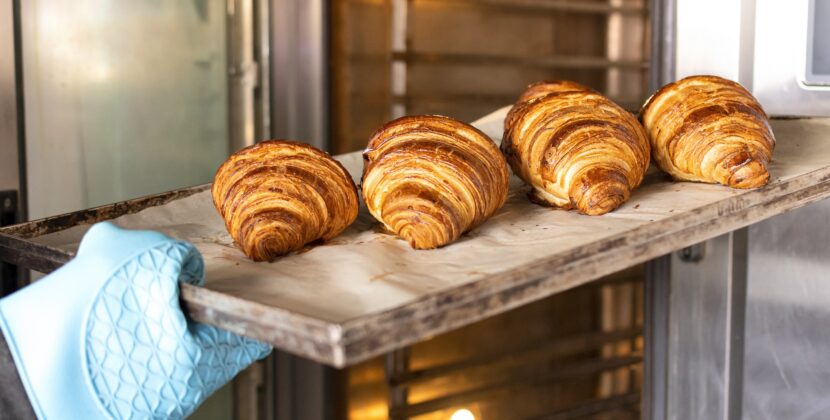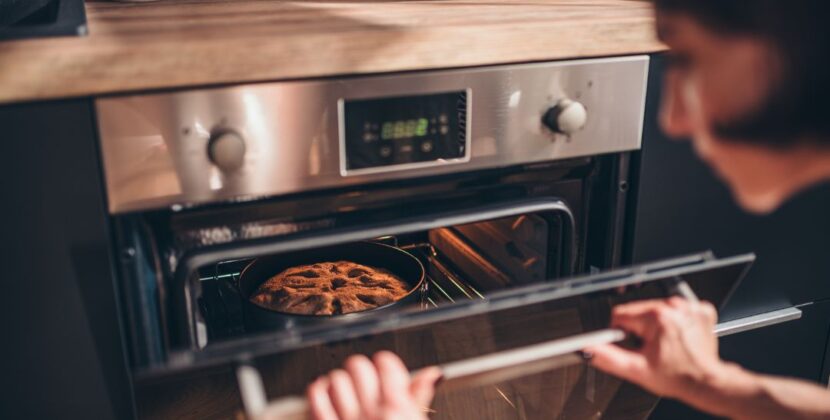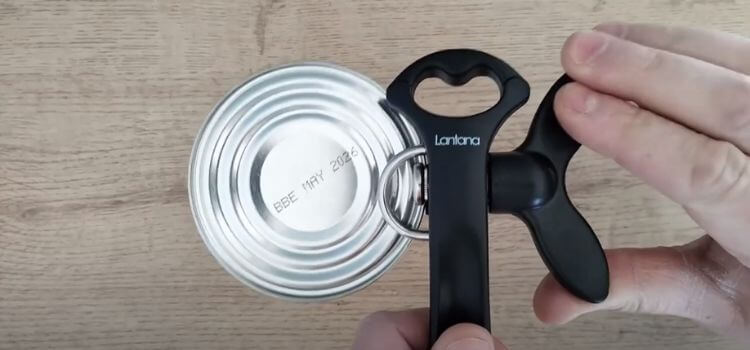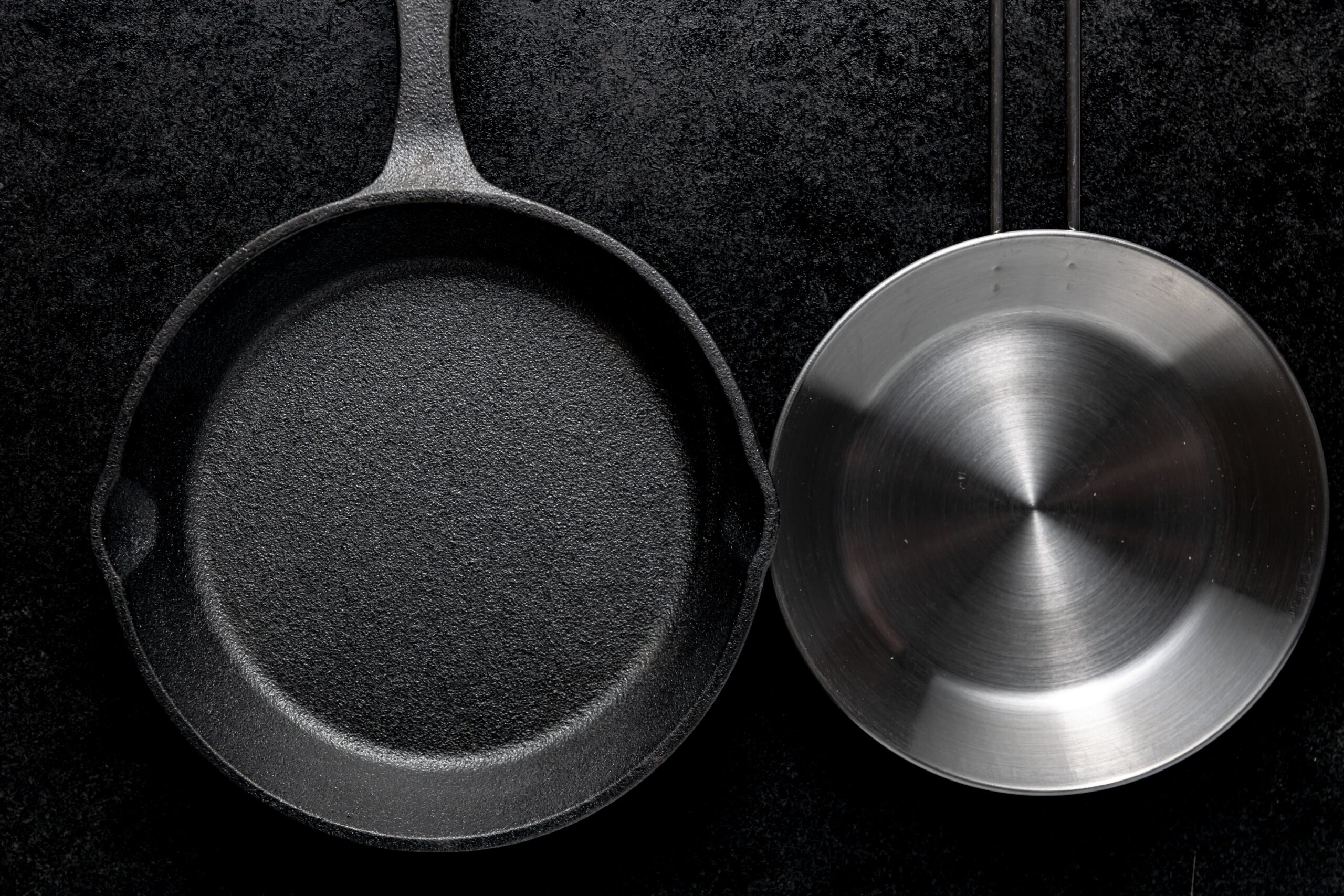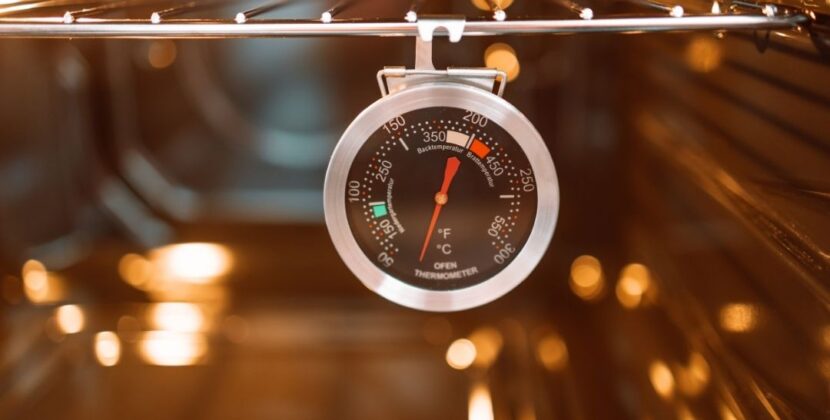
As an Amazon Associate, I earn from qualifying purchases
In a busy kitchen, the humble pan is frequently the unsung hero, quietly facilitating the alchemy of meal preparation. However, a cook’s tools are diverse, and each pan serves a specific purpose. Two common materials in this culinary tale are non-stick and aluminum – both lauded for their unique merits and a firm place on the stove tops of households worldwide. Whether you’re a seasoned home chef expanding your kitchenware collection or a novice eager to understand the art of pan selection, this comprehensive guide will help you understand the differences between nonstick and aluminum pans, allowing you to make informed decisions that will benefit your culinary goals in the long run.
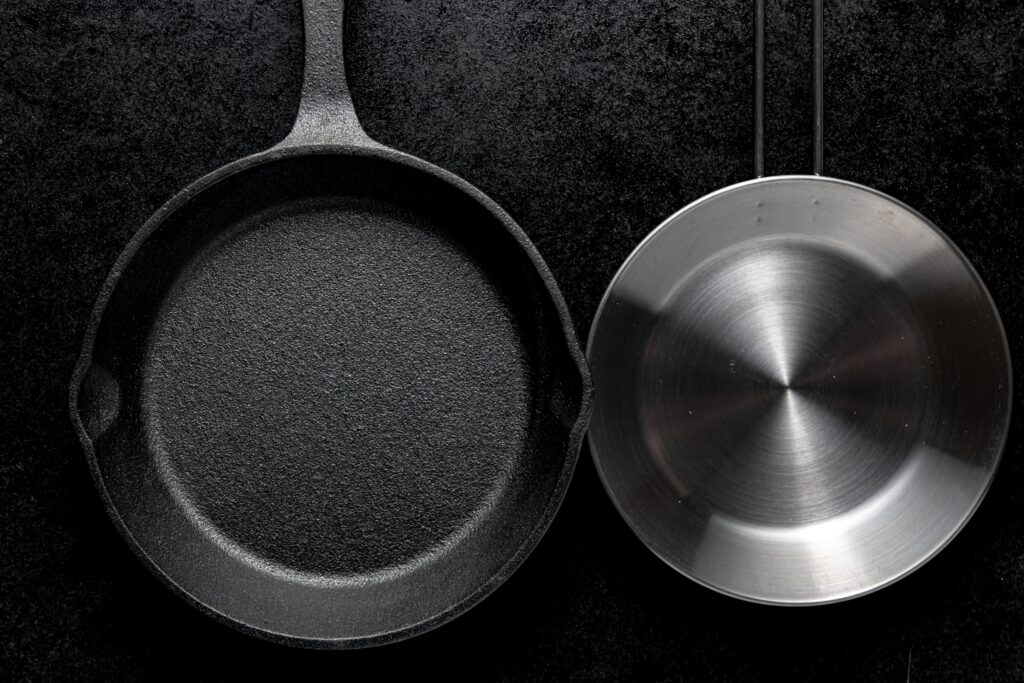
Navigating the Sea of Pans
A kitchen is a treasure trove of gadgetry and essentials, from spatulas to skillets. The materials from which your pans are crafted can significantly impact your cooking experience. Non-stick coatings, adored for their ease of use, often require a gentler touch, while aluminum boasts a reputation for even heat distribution and durability. Understanding the intricacies of these pans is not merely a matter of ‘Teflon vs. the resilience of metal’; it’s about compatibility with your cooking style, efficiency, and even safety.
The Non-Stick Pan Unveiled
Non-stick pans, typically featuring a coating like Teflon, have become household names, promising pancakes that glide like skaters, omelets that leap onto plates, and clean-up devoid of any epic battles with leftover eggs. They are the perfect example of fuss-free cooking, but ease of use also means more attention to detail.
The Art of the Non-Stick
A nonstick pan can be identified by its easy release of food and smooth, glossy surface. For dishes where careful control is essential, it is the perfect conductor. One way to test a surface’s nonstick qualities is to run your hand over it and feel for a consistent, smooth finish, or you can look for a uniform surface that lacks the stickiness associated with nonstick surfaces.
Durability Under Scrutiny
Take caution when handling non-stick cookware because high heat and abrasive cleaning methods can erode the coatings. The water droplet test can tell you whether your non-stick coating is still holding strong or if it’s time to let it go gracefully. Drop one droplet onto a dry pan over low heat and watch to see if it beads and dances.
The Aluminum Advantage
Aluminum pans offer a different kind of cooking experience, one rooted in their material’s exceptional heat conductivity. Lightweight and malleable, aluminum pans can range from an affordable kitchen staple to a professional-grade tool.
The Story of Heat Conductivity
The secret to aluminum’s culinary fame is its even distribution of heat, which means no more scorching hot spots for your sautéed veggies or unevenly cooked steaks. By contrasting an aluminum pan with one composed of a less heat-retentive material, one can test the aluminum’s conductive nature and see how quickly it cools and heats up.
The Magnetic Attraction
If you’re searching through a hoard of cookware and unsure about a pan’s composition, you can identify aluminum with a quick magnetic test. Since aluminum is not magnetic, the pan that sticks to a magnet is definitely not made of aluminum; instead, it may be steel with traces of iron.
Care and Maintenance: Ensuring Longevity in Your Pans
Whether your pans are aluminum or non-stick, maintaining them will ensure their longevity and functionality. A well-maintained pan is not just a tool but a partner in the culinary arts, capable of bringing your recipes to life with precision and grace.

Non-Stick Pan Care
For non-stick pans, the key to longevity lies in gentle care. Avoid high heat settings, as they can compromise the integrity of the non-stick surface. Use wooden or silicone utensils to prevent scratches, and opt for hand washing with a soft sponge rather than abrasive scrubbers. Regular checks for surface wear and tear can help determine when it’s time to replace your non-stick pan to ensure safety and optimal functionality.
Aluminum Pan Care
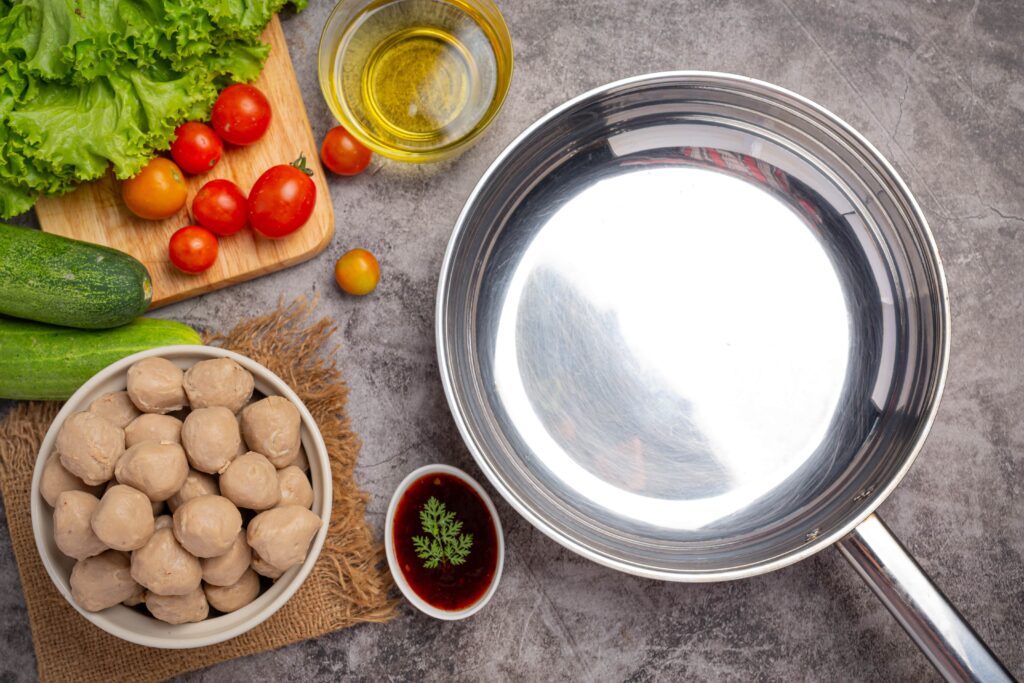
Aluminum pans thrive with a different set of care instructions. While they are resilient, periodic maintenance can enhance their lifespan. It is advisable to stay away from acidic foods that can react with aluminum and change flavor. Aluminum cookware can withstand a little more abrasion during cleaning than non-stick cookware, but keep in mind that it can also wear down over time. For anodized aluminum pans, use a gentle detergent and avoid harsh scouring to maintain the surface integrity.
Your choice between non-stick and aluminum pans ultimately hinges on your culinary needs, preferences, and willingness to engage in specific care routines. Both materials offer unique benefits, whether it’s the ease and convenience of non-stick surfaces or the uniform heat distribution of aluminum. Understanding these nuances and how to care for them can elevate your cooking experience, allowing your kitchen creativity to flourish.
Deciphering the Difference
To the untrained eye, non-stick and aluminum pans may seem like interchangeable components of the kitchen. Delving deeper, however, uncovers their distinct characteristics that can sway the flavor of your culinary creation.
Heat Up or Lighten Up?
The even and quick heat conductivity of aluminum may be your friend when cooking meals quickly and under pressure. On the other hand, people who love the timing and accuracy of cooking might be loyal to a non-stick pan because of its capacity to subtly adjust and toss food without it sticking to the pan.
Standing the Test of Time
Non-stick pans, while convenient, are not known for their longevity, and misuse can lead to the release of harmful fumes. Aluminum, on the other hand, with proper care, can weather the storm of kitchen experiments and maintain its integrity.
Choosing Wisely
The type of pan that is best for you depends on your cooking style, tastes, and the kinds of dishes that you typically serve. While one pan might sing for Sunday morning brunches, the other might be the tune to the weeknight wok-saute.
Customizing Your Cookware Arsenal
Consider the type of meals you most often prepare. Are you a fan of intricate recipes that require steady, controlled heat? In that case, a nonstick pan that can reach and maintain low temperatures could be your tool. If quick, high-heat sautés are your go-to, the thermal responsiveness of aluminum calls your name.
The Eco-Conscious Chef
In the quest to create a more sustainable kitchen, understanding how different pans impact the environment is crucial. Teflon, a standard non-stick coating, has raised concerns over its potential environmental toll during production and disposal. Aluminum pans, while resource-intensive during extraction and processing, are fully recyclable and can be forgiving to the earth with a long life of use.
In Conclusion
The decision between aluminum and non-stick cookware is based more on compatibility than quality. Similar to all successful collaborations, synchronicity is vital. A cook’s and pan’s dutiful dance, resulting in harmonious results that please both the palate and the conscience. Understanding the subtle differences between these kitchen allies is not mere pedagogy; instead, it is a means of enriching the culinary story that takes place in your kitchen. Happy cooking, dear readers, in your omelets and stir-fries.
As an Amazon Associate, I earn from qualifying purchases

